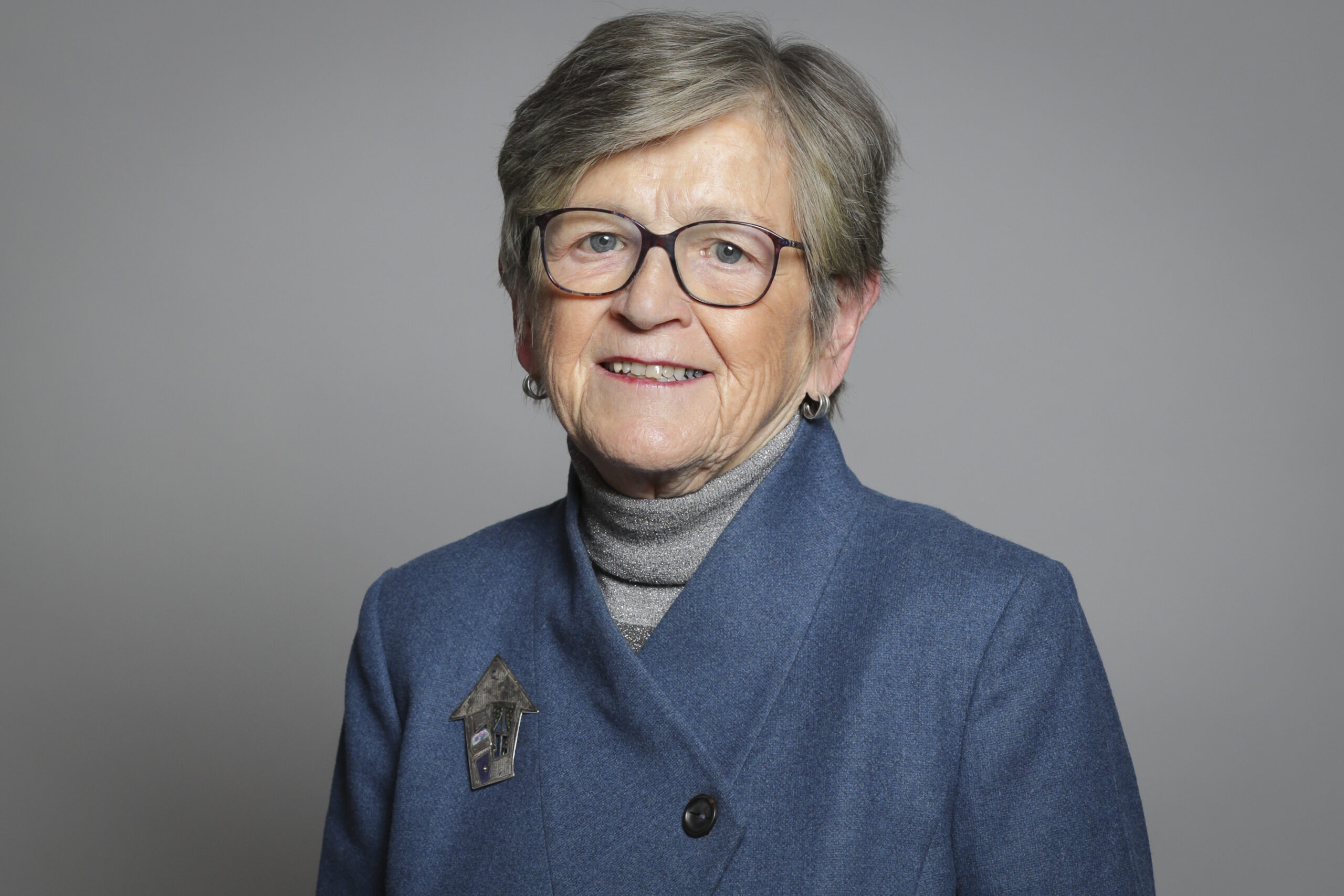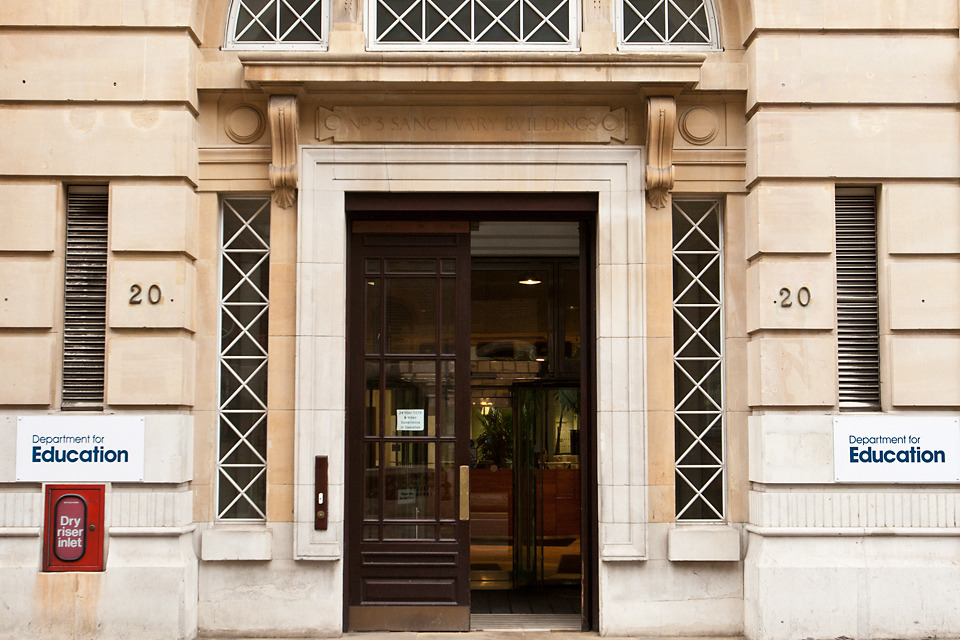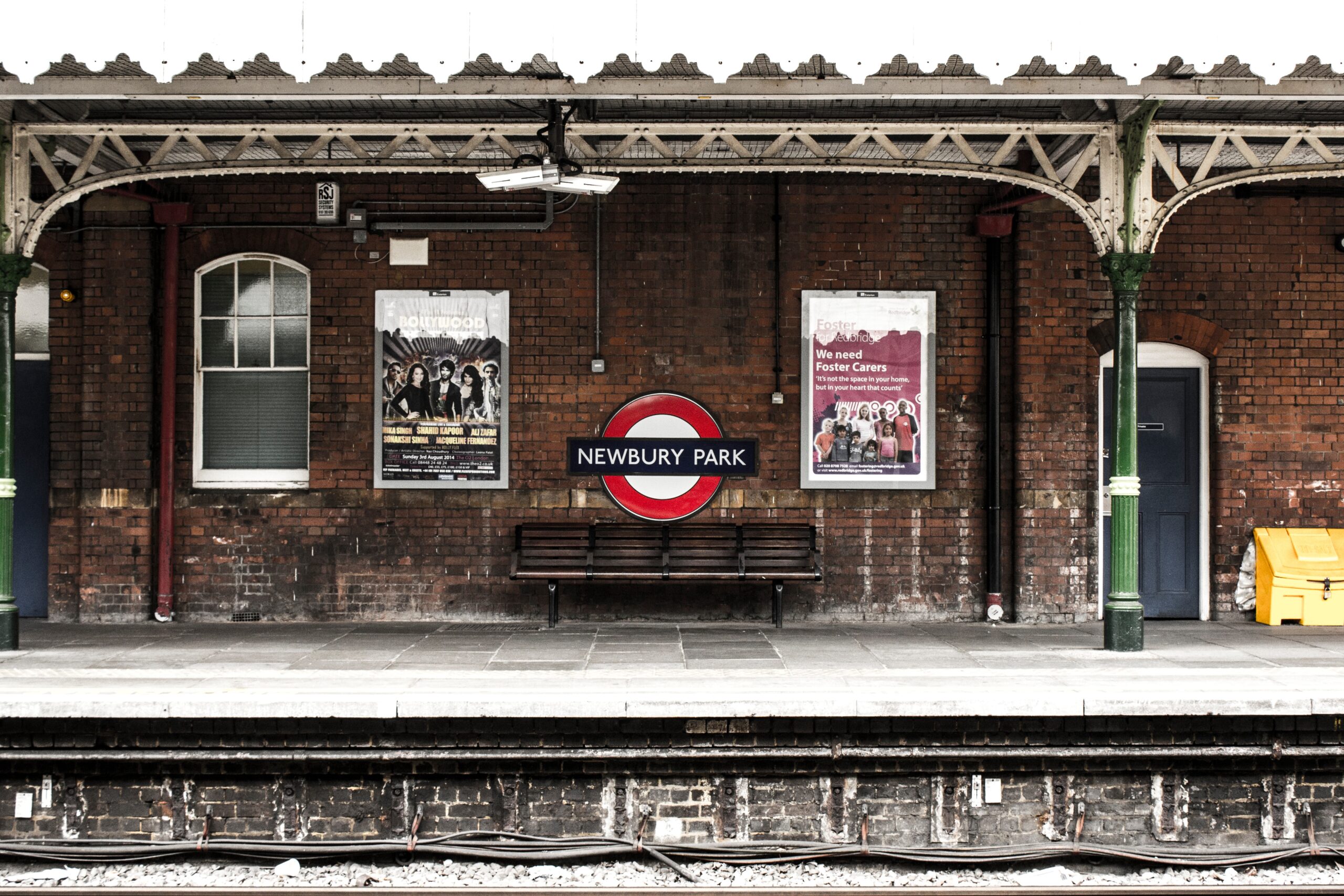Former social exclusion minister and MP for North West Durham is the first person named to a DSIT external advisory body, which will recruit further experts in the coming months
Former Labour cabinet minister Baroness Hilary Armstrong has been named as chair of a new entity created to support government in tackling digital exclusion.
Alongside Armstrong (pictured above), the Digital Inclusion Action Committee will feature various “national and local experts” who will work with ministers and officials from the Department for Science, Innovation and Technology. These experts will be appointed in the coming weeks and months during which time the committee’s terms of reference will also be published, according to an update newly released on GOV.UK.
The document added that the group will operate as “an external advisory body that will work closely with DSIT… [whose] role is to scrutinise, steer and help determine the work of the government in reducing digital exclusion in every part of the UK”.
Since the election, Labour’s new minister for data protection and telecoms, Chris Bryant – whose brief covers digital inclusion – has regularly spoken out about the “scandal” of the previous government’s failure to create a new dedicated strategy to tackle the issue since 2014.
Related content
- IBM UK boss and digital inclusion charity chief join DSIT board
- Birmingham City Council gets digital inclusion team
- Scottish Government puts £600k into programme to support digital inclusion in mental health and housing
In October, Bryant said “digital inclusion is a key priority for the government and it is shocking that the previous government’s out-of-date digital inclusion strategy was published a full decade ago, despite clear evidence that digital exclusion limits economic growth and harms individuals’ chances to study, work and participate fully in society and the modern economy”.
He added: “Work is ongoing to develop our approach to tackling digital exclusion and coordinate across government departments.”
This approach will include the efforts of the committee, as spearheaded by Armstrong, who previously served as the Labour MP for North West Durham from 1987 to 2010 – having directly succeeded her own father, who held the seat for 23 years.
After the 1997 election, she held various ministerial positions under the premiership of Tony Blair. This included spells in the cabinet roles of Chancellor of the Duchy of Lancaster and parliamentary secretary to the Treasury, as well as stints holding the ministerial briefs for local government, housing and planning – and, latterly, social exclusion.
She stepped down as a minister after Gordon Brown took over in Downing Street in 2007 and chose to leave the House of Commons ahead of the 2010 election – since when she has sat in the Lords as a life peer: Baroness Armstrong of Hill Top.




